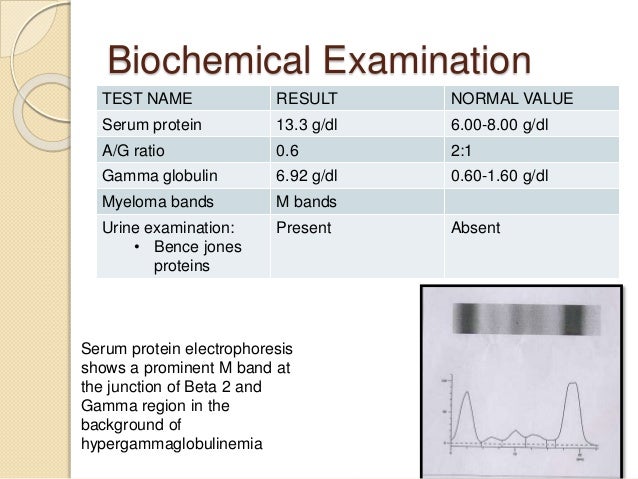

The most compelling association was observed in the TNFRSF13B locus on chromosome 17p11.2 (SNP: rs4561508), with an overall combined P-value=7.80 × 10 −24. Eleven SNPs from six loci ( GALNT2, IRF4, HLA- DBP1, SLC31A1, FADS1 and TNFRSF13B) were replicated, with P-values<0.05. These 38 signals were tested in the Ansung population. From the GWAS of the Ansan cohort, we identified two significant genome-wide signals ( P-values<5 × 10 −8) and 36 moderate signals ( P-value<1.0 × 10 −4). Genetic factors for A/G ratio were analyzed by linear regression analysis, controlling for age, sex, body mass index, smoking status and alcohol drinking status as covariates. The single-nucleotide polymorphism (SNP) genotypes of Affymetrix SNP array 5.0 were obtained from the Korean Association Resource Consortium, and we selected 290 659 common SNPs with a minor allele frequency >0.05. To identify the genetic basis of the A/G ratio, we performed a GWAS on A/G ratio in 4205 individuals from the Ansan cohort and confirmed the results in 4637 subjects from the Ansung cohort. Genome-wide association studies (GWASs) have been identifying genetic variants associated with total serum protein, serum albumin and globulins, but A/G ratio has never been considered the target phenotype. Low albumin:globulin (A/G) ratios are associated with vascular adverse events, nephrotic syndrome and autoimmune disease.


 0 kommentar(er)
0 kommentar(er)
